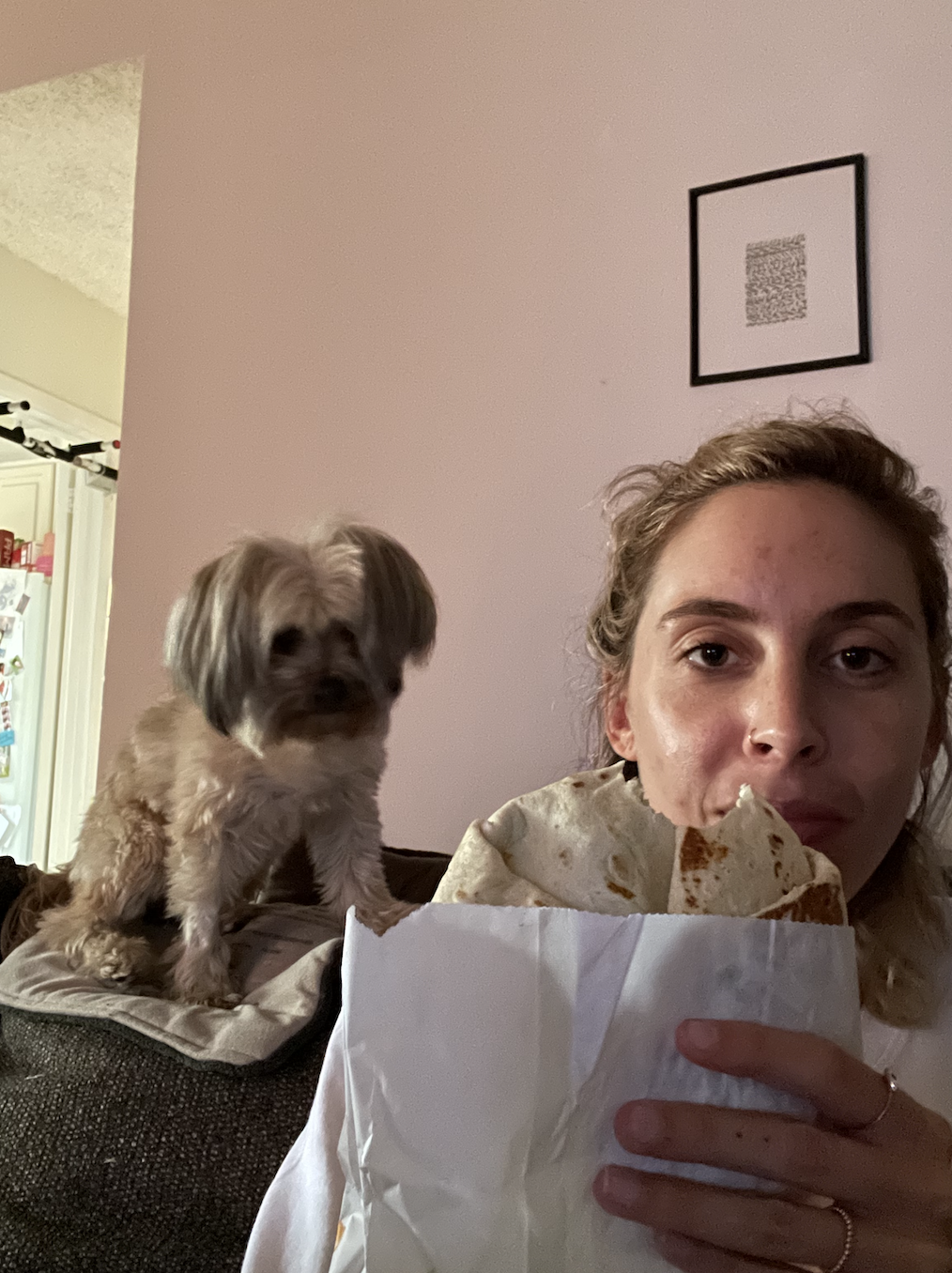My name is Lara and I, like approximately 9.5% of American adults aged 18 and older, live with depression. I got this statistic from Johns Hopkins, but as many people living with any sort of mental disorder know, sometimes mental health disorders can go misdiagnosed or underreported because of things like lack of access to care. And there's also the whole thing of doctors really not listening to women and their pain, especially if you aren't thin and white.
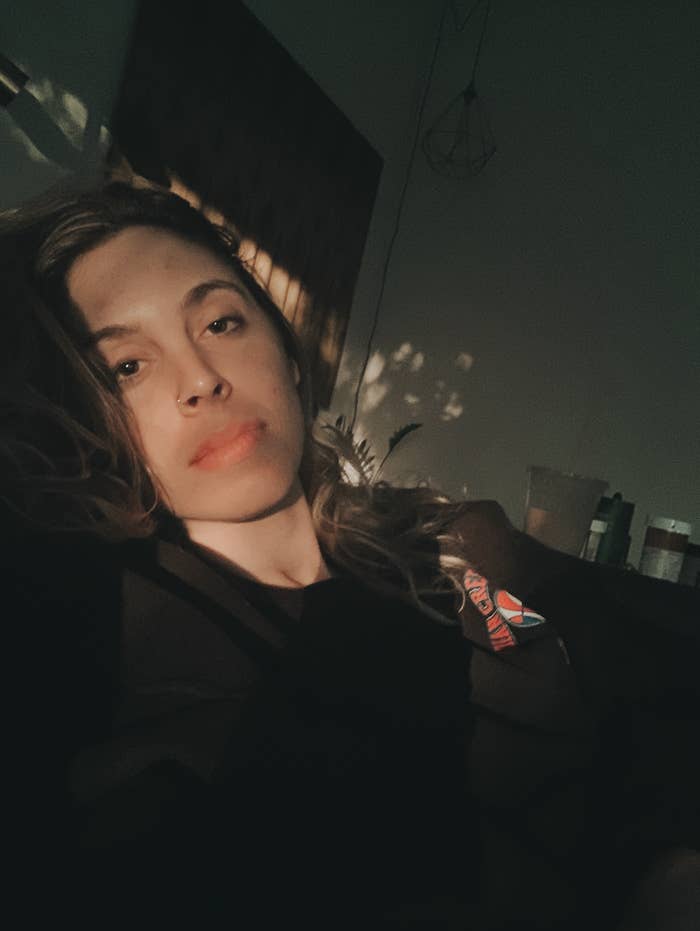
For years now, I have been treading water, barely staying afloat. I lost interest in, well, everything and I routinely found myself struggling to remember that I was a person with a life and a place in this world despite the heavy cloud of depression consuming my every waking thought. In my late 20s, I began self-medicating with cannabis. I have been using cannabis to manage my chronic physical pain for many years now with great success. And in doing so, I noticed that cannabis helped lift my spirits as well. But while cannabis offered me amazing relief in the short term, it was ultimately just a bandage on a bullet hole made by depression and anxiety, and didn't necessarily get to the root of my problem.
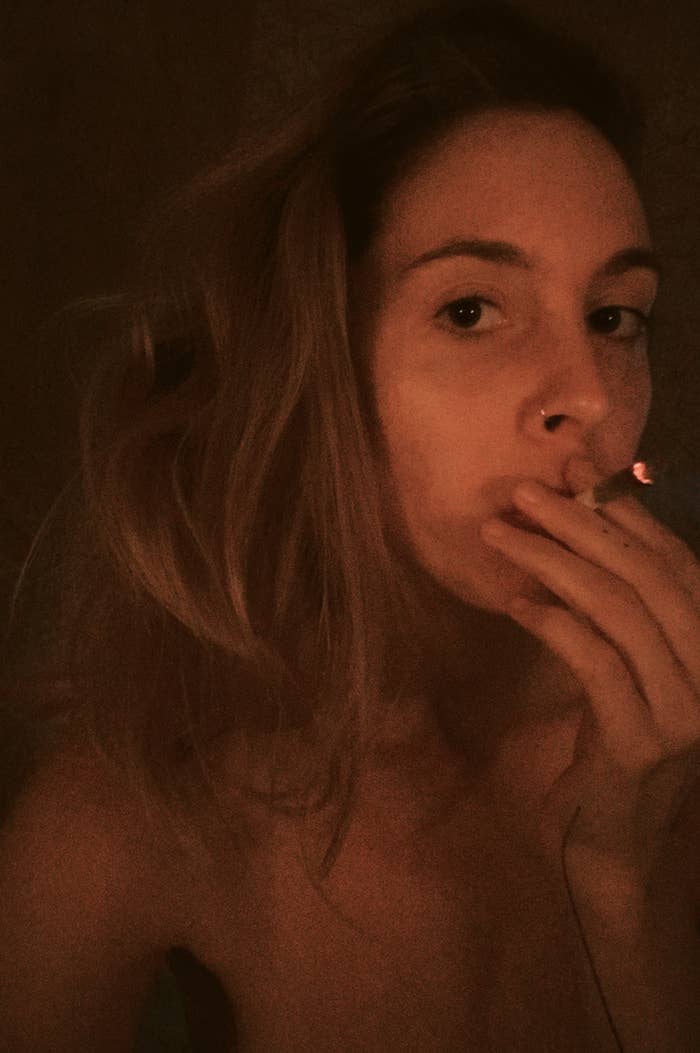
During the height of the pandemic (which is, of course, still ongoing), I had a lot of time to think. Too much time. And my depression became something I could no longer do my best to compartmentalize somewhere in the back of my brain. I knew I needed — and wanted — to seek some sort of solution out. After watching one too many episodes of Hamilton's Pharmacopeia and reading one too many studies on psychedelics and mental health, I began to think a lot more about introducing psychedelics into my life.

However, unfortunately I live in the United States, where most psychedelics are criminalized. That makes access risky and impossible for most. But while many of your classic psychedelics are inaccessible and downright illegal, ketamine is not. Enter ketamine therapy clinics. According to DoubleBlind magazine, a magazine dedicated to information around psychedelics, there is an estimated 600 ketamine clinics in America as we speak. And while there is limited data on the ketamine clinic market, it's estimated to be worth upward of $100 billion.
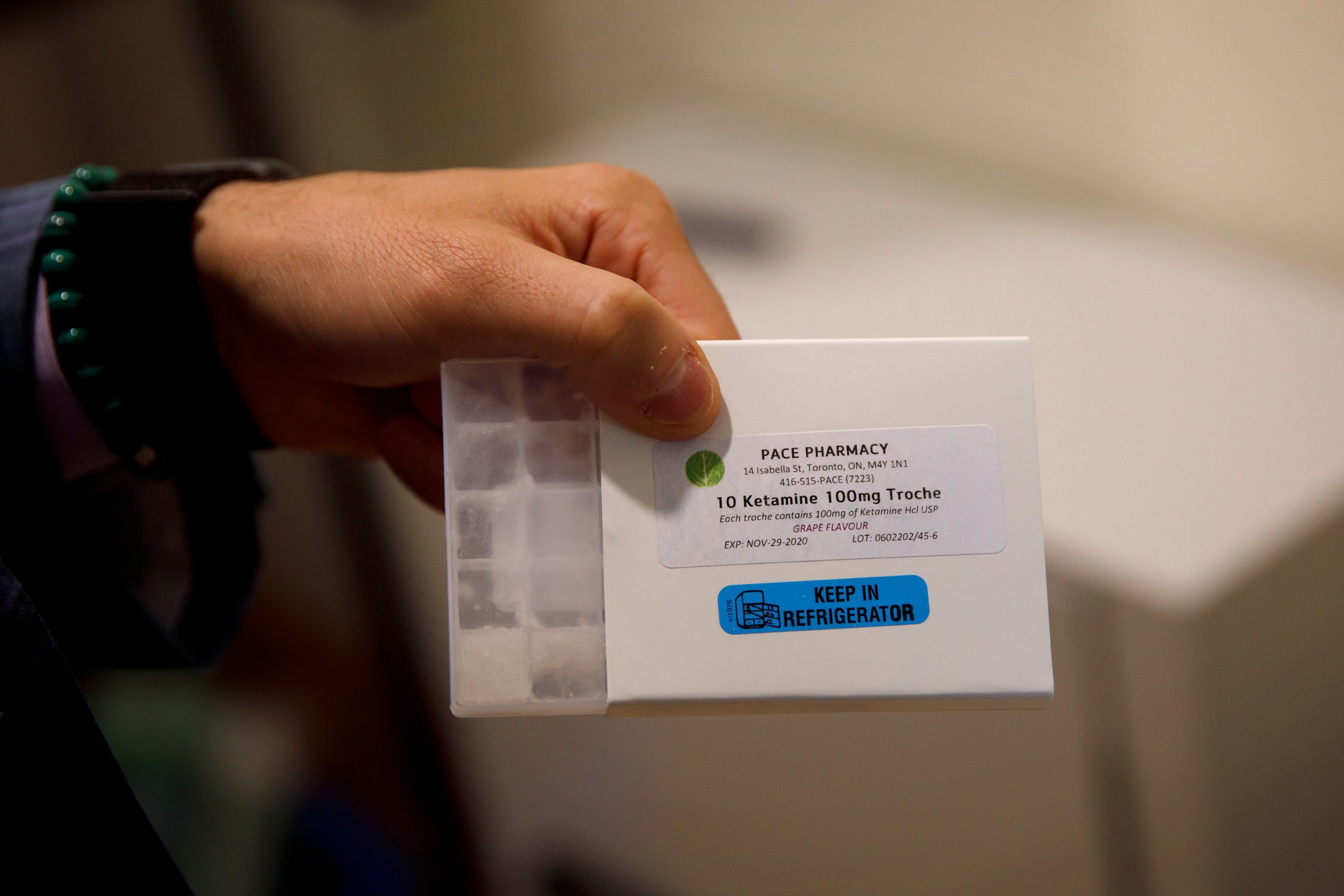
Hartman told BuzzFeed, "While ketamine is an interesting option for people who really want to have this experience now and people who want to do it 'above ground' in the United States, it's important to understand that ketamine is a very different medicine than, say, LSD or psilocybin. And that even if you've had some experience in the past, you should always do your research and think about what exactly you're looking to get out of the experience where you decide which substance you're going to take."
So what exactly is ketamine therapy and why is it something that people are pursuing for treatment of their depression? Ketamine was first discovered in the 1950s at Parke-Davis and Company's laboratories in Detroit; though, it didn't receive its first patent in the US for human use until 1966.
Now, depending on whom you speak to, ketamine is not always considered a traditional psychedelic in the way that, say, psilocybin (aka shrooms) is. But ketamine does possess hallucinogenic capabilities. Classified as a "dissociative anesthetic," ketamine has also been classified more broadly as a hallucinogen.
Because of my (very limited) experience with psilocybin and because of the promising research around psychedelics and depression, I was immediately sold on the idea of trying out ketamine therapy. Furthermore, because of my location in Los Angeles and because I enjoyed my tour of the clinic when I went to visit, I decided to pursue ketamine therapy at Field Trip Health, located in Santa Monica, California.
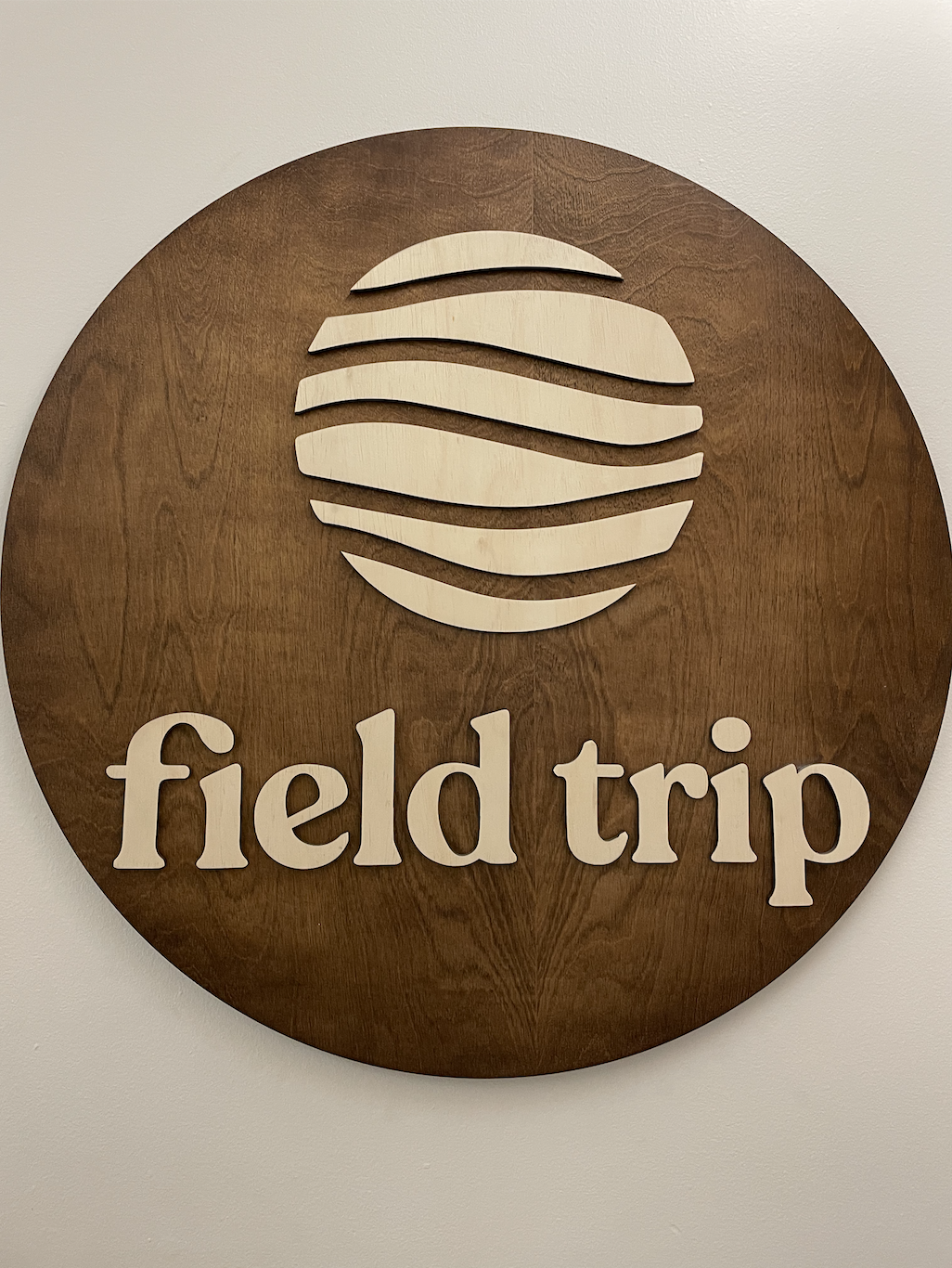
Before I could begin treatments, I had to meet with one of Field Trip Health's psychotherapists to make sure I was a good candidate for ketamine therapy. After about an hour-long session during which we discussed my mental health history in great detail, I was approved for treatment. You may be wondering, who exactly is a good candidate for ketamine therapy? According to Dr. Mike Dow, a psychotherapist on staff at Field Trip Health, it's someone with treatment-resistant depression who has an open mind and is generally in good physical health.
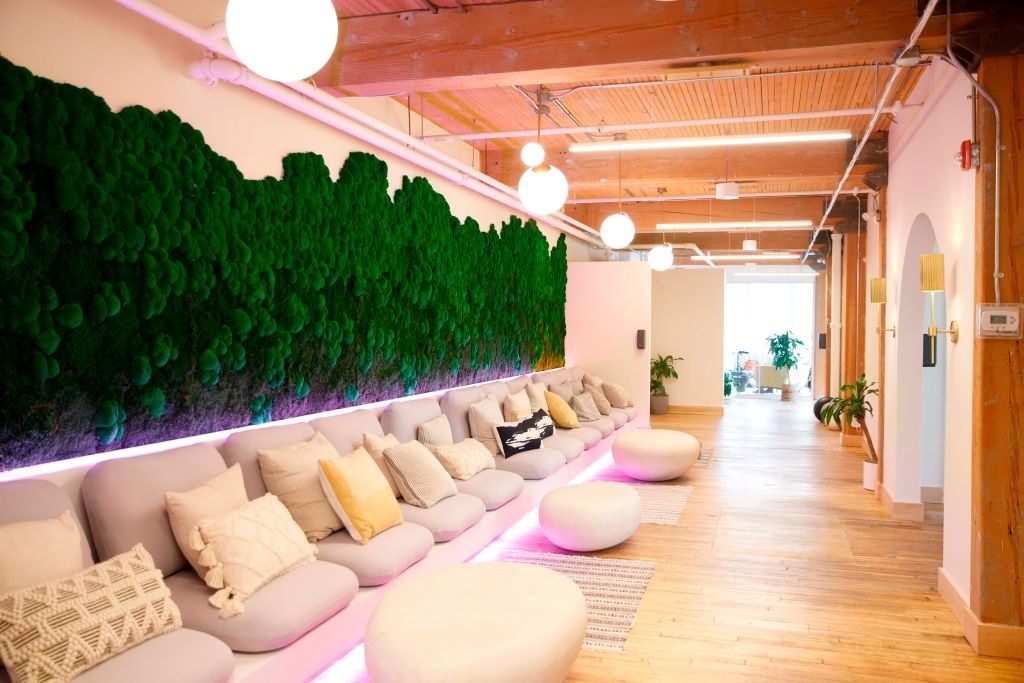
Once I was officially approved for treatment, I began to schedule my sessions. At the start of this experience, my assigned therapist and I agreed that we would aim for six total sessions of ketamine therapy. Each session is accompanied by an "online integration" with your therapist the next day. It's time set aside to discuss in depth what may have come up for you during your ketamine session. Here's what my initial schedule looked like:
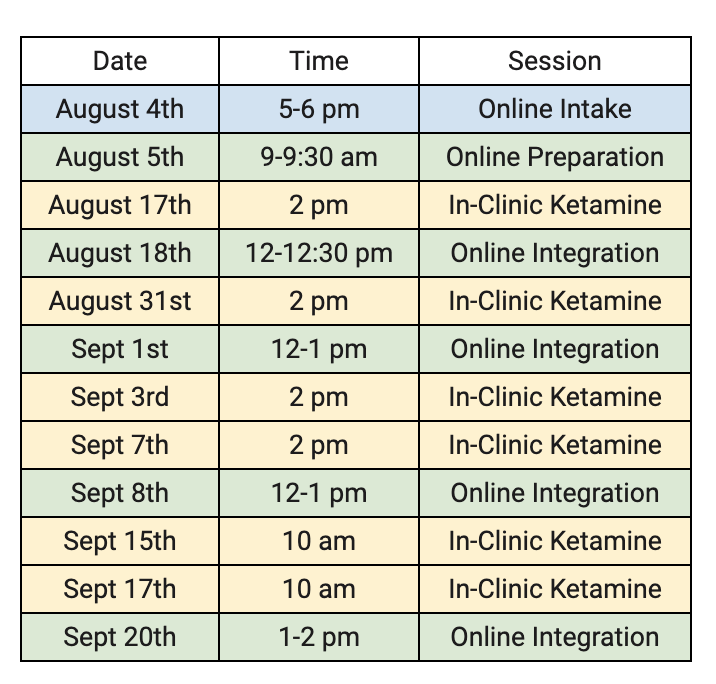
And — before we continue — because cost is a crucial part of accessing ketamine therapy, here's more information on the cost of treatments: Initial sessions at Field Trip Health start at $750.
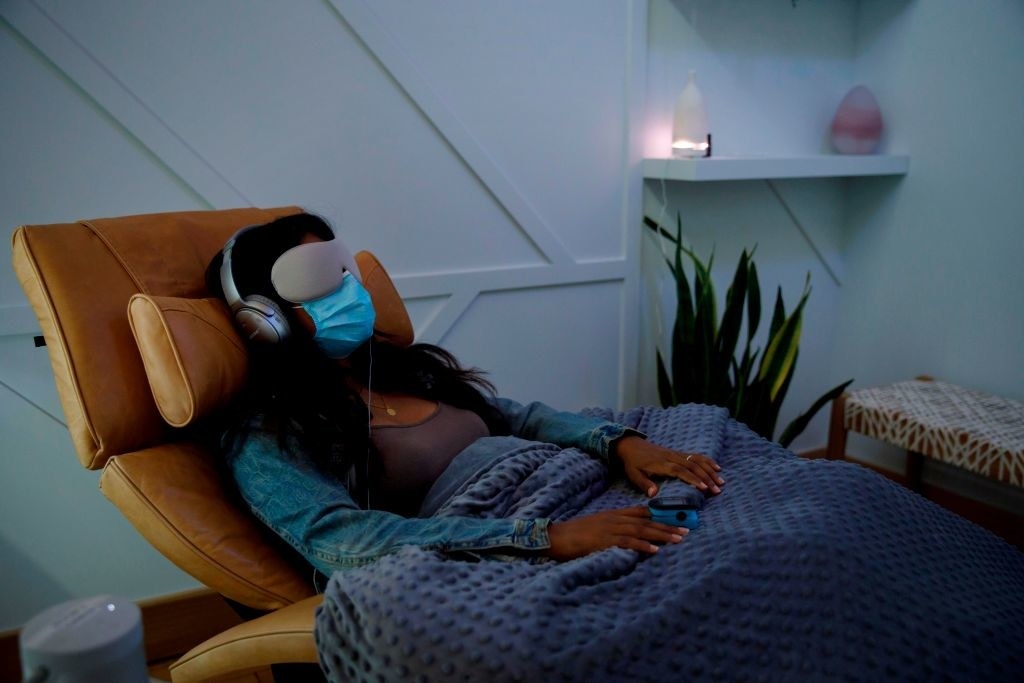
Finally, it was time to begin my experience with ketamine therapy. Upon arriving for my first treatment, the first thing I noticed was the space, obviously! Generally speaking, the Field Trip Health offices are...well, stunning.
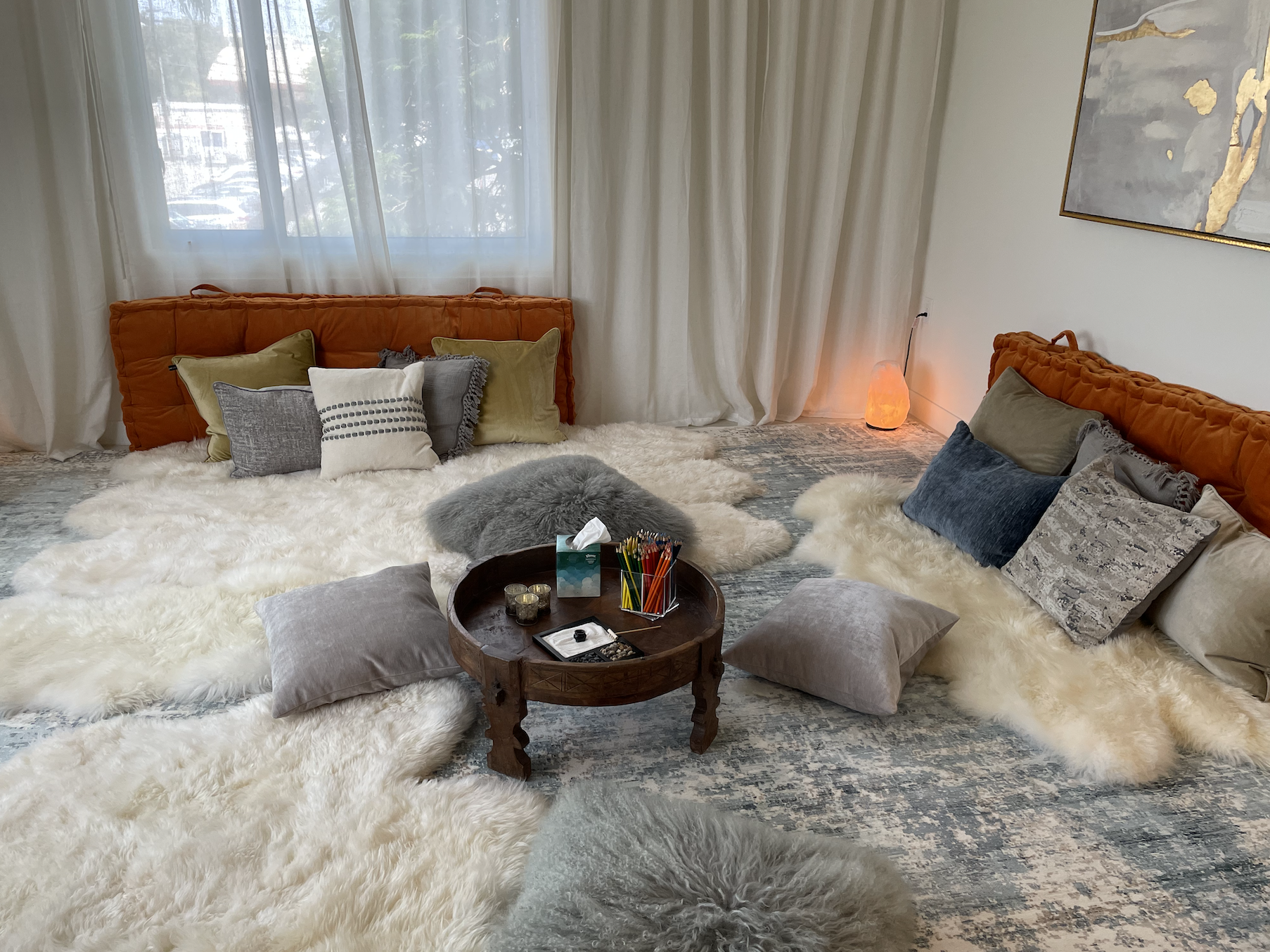
Also, upon entering the office, you take your shoes off! This isn't like crucial information but more so a reminder to wear fun and comfortable socks for your experience. Highly recommend good socks.
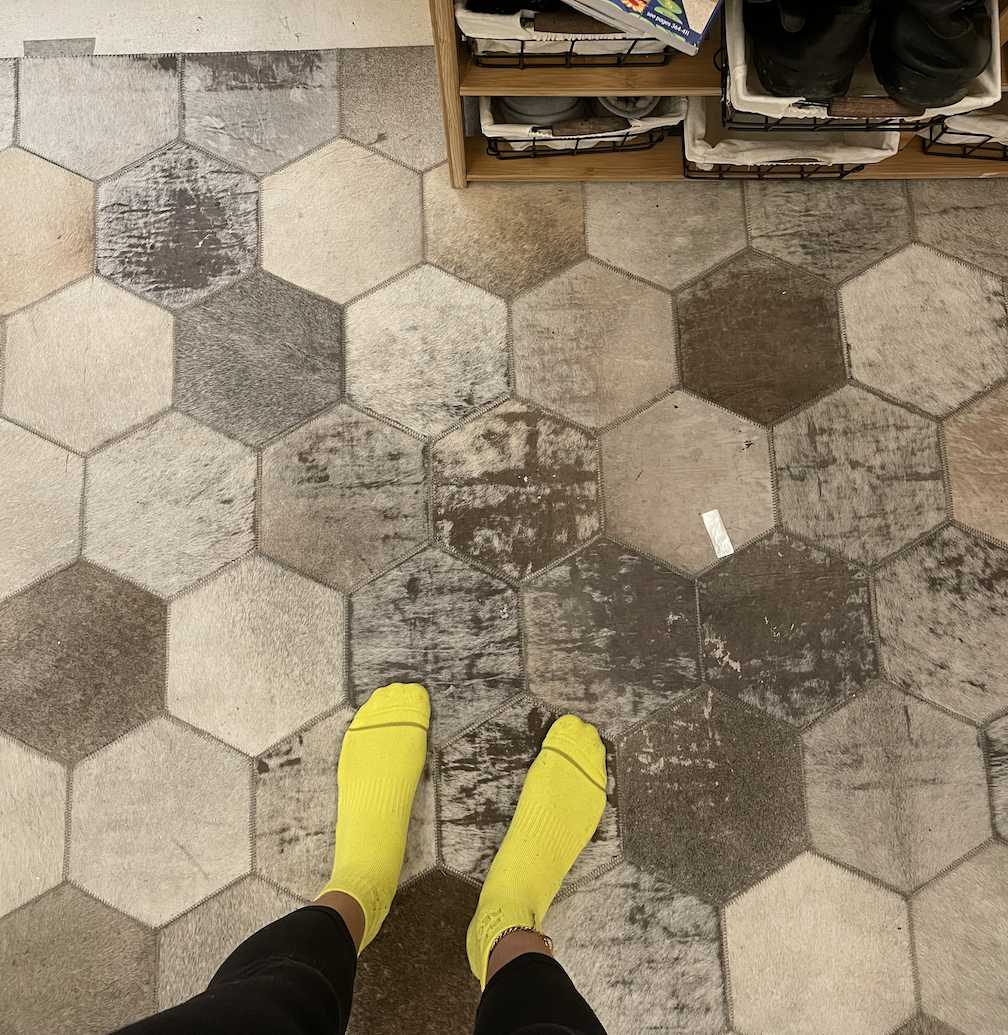
Session #1 — Going into my first session, I was incredibly nervous. I mean, I think that's a pretty normal reaction to getting ready to trip on ketamine for your first time. But the thing is, because I live with chronic pain, my main source of concern was that I was going to take my baseline-level pain and somehow make everything worse.
After each session, they bring you snacks and hot tea! Unfortunately, I could never actually eat because, like I mentioned above, I experienced pretty intense nausea posttreatment despite always taking a Zofran 30 or so minutes prior.

Another symptom I experienced after ketamine sessions was constipation. Listen. No one wants to talk about being constipated, but no one told me this could happen so I am telling you. I bought Miralax and survived. I usually felt "normal" again within 48 hours. But you've been warned that this is a possibility!
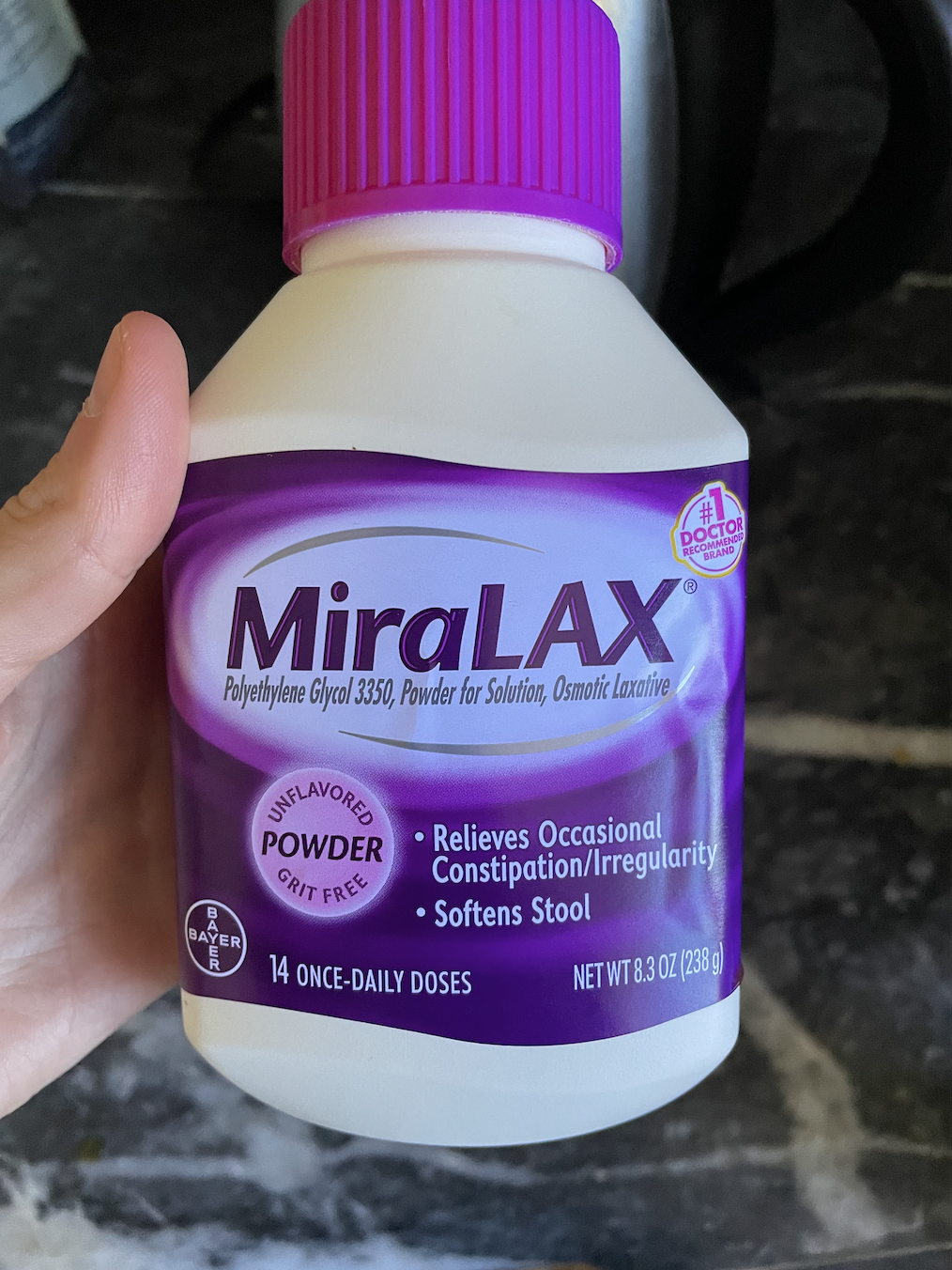
Session #2 — I went deeper and in doing so, I was able to escape the body that has caused me so much pain.
Session #3 — It really is so important to be in the right mindset going into your sessions, if possible, and I learned that on this day.
Like I mentioned above, consuming heavy news stories about the reality of life in America was not the best idea. But it's also not something everyone can avoid, and I am lucky to be able to even attempt to do so. The staff at Field Trip told me repeatedly to try and avoid the news/heavy stories, and I should have listened! Because wow, did I feel bleak. Perhaps if our elected officials did their jobs, I would have felt less so.
my ketamine therapist was like "don't look at the news if you can, everything is going to be 100x heightened, you might have trouble handling" so i spent my entire morning on twitter like the dumbass that i am
Session #4 — I took my highest dose yet, went deeper than I had before, and made the decision that this is where I wanted to stop...for now.
So there you have it. I completed four full sessions of ketamine therapy, and while it didn't completely cure my depression, I leave this experience feeling more hopeful about the future treatments for depression and related conditions than I have, well, maybe ever. Before we end, here are some things I think are worth knowing about my experience with ketamine therapy:
